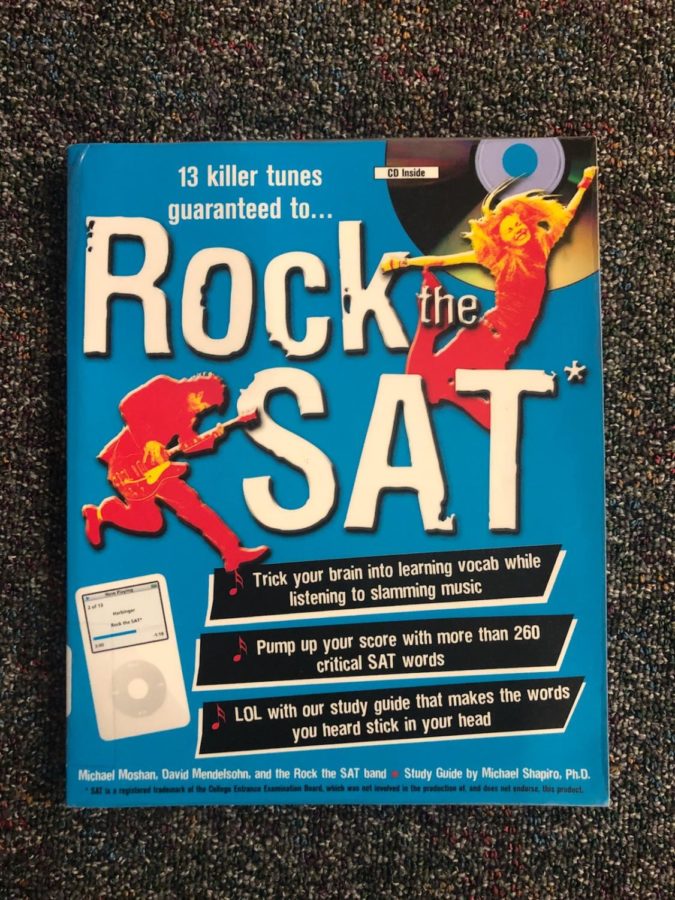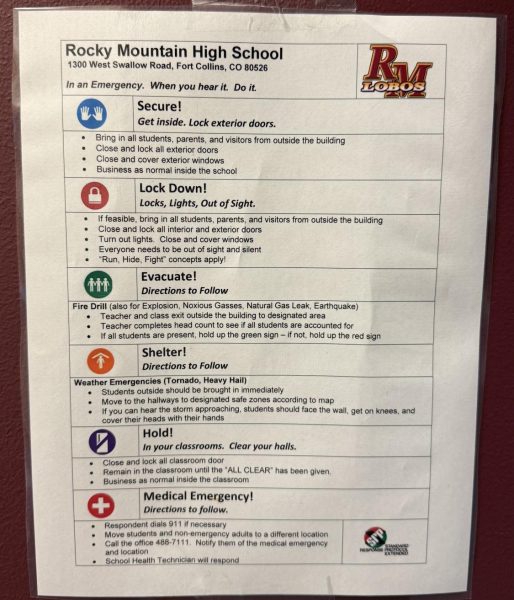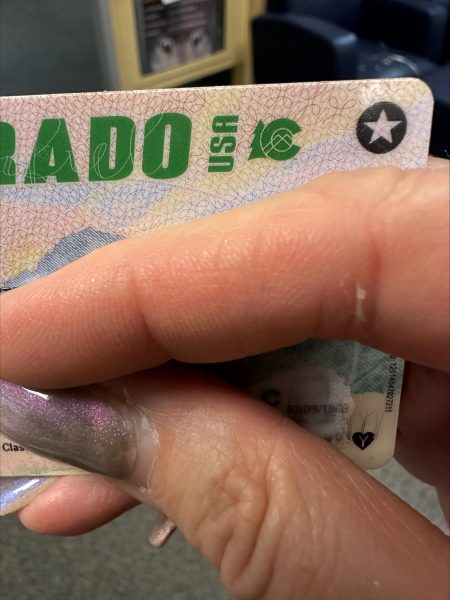The ABCs of the SAT
Students can check out study guides in the Media Center.
High school is all fun and games until students have to take one of the biggest tests in their high school career: the SAT. This one test can determine the future.
The SAT, formally known as the Scholastic Aptitude Test, tests student’s academic skills and these scores are then used for admission to college. The results are supposed to demonstrate how well a student is doing compared to others from their school and nationwide.
The SAT is a three to four hour test made up of three separate sections: Reading, Writing, and Math. The overall average SAT score is between 1050 and 1060. The Reading and Writing sections are combined for a final score while the Math section is scored from 200 to 800.
The SAT is important to take because it makes it much easier to get into college. If a student gets a good enough score, they can potentially get scholarships, so it can help financially.
When the SAT comes around, many students may not know what to study or what to even expect. There are many websites to help prepare students for this test. Khan Academy and College Board are just two examples that can help make the studying process easier.
Students can sign up for free with their school and see their SAT and PSAT test scores. The
College Board makes it easy for students to see what they need to focus on and study by the time the SAT comes.
College Board helps every student create their own personalized schedule to help make time to study. Students can even schedule more PSAT tests to take in order to practice and prepare themselves. These tests are available online.
When it comes time to take the test, many students are anxious. Every student needs their admission ticket, a form of identification, whether that is a school ID, driver’s license, or birth certificate, etc., at least two number two pencils, and an approved calculator. Before actually starting the test, students also fill out identifying information.
The SAT starts out with the 65-minute reading section which includes five passages and around 50 questions following the readings. Students then have a ten minute “stretch” break to get water, go to the bathroom, and eat a snack if they brought one. Afterwards, students then have a 35-minute writing section followed by a 25-minute no calculator math section. At the end of those two sections, the students get another break for five minutes before moving onto the 55-minute calculator math section.
A tip for those taking the SAT is to find and take the time to study, especially if college is a future goal. Other tips are to focus more on what one struggles with than what their strengths are and to ask others for help, whether that is from family, teachers, counselors.
Your donation will support the student journalists of Rocky Mountain High School - CO. Your contribution will allow us to purchase equipment and cover our annual website hosting costs.

Sydney Olsen is a Senior at Rocky Mountain High School. On her free time, Sydney works at her job at Poudre Pet and Feed Supply. She also enjoys drawing,...








Nate Wozniak • Sep 24, 2018 at 9:17 am
I appreciate everything about the picture from the original iPod to LOL with our study guide. Truly beautiful.